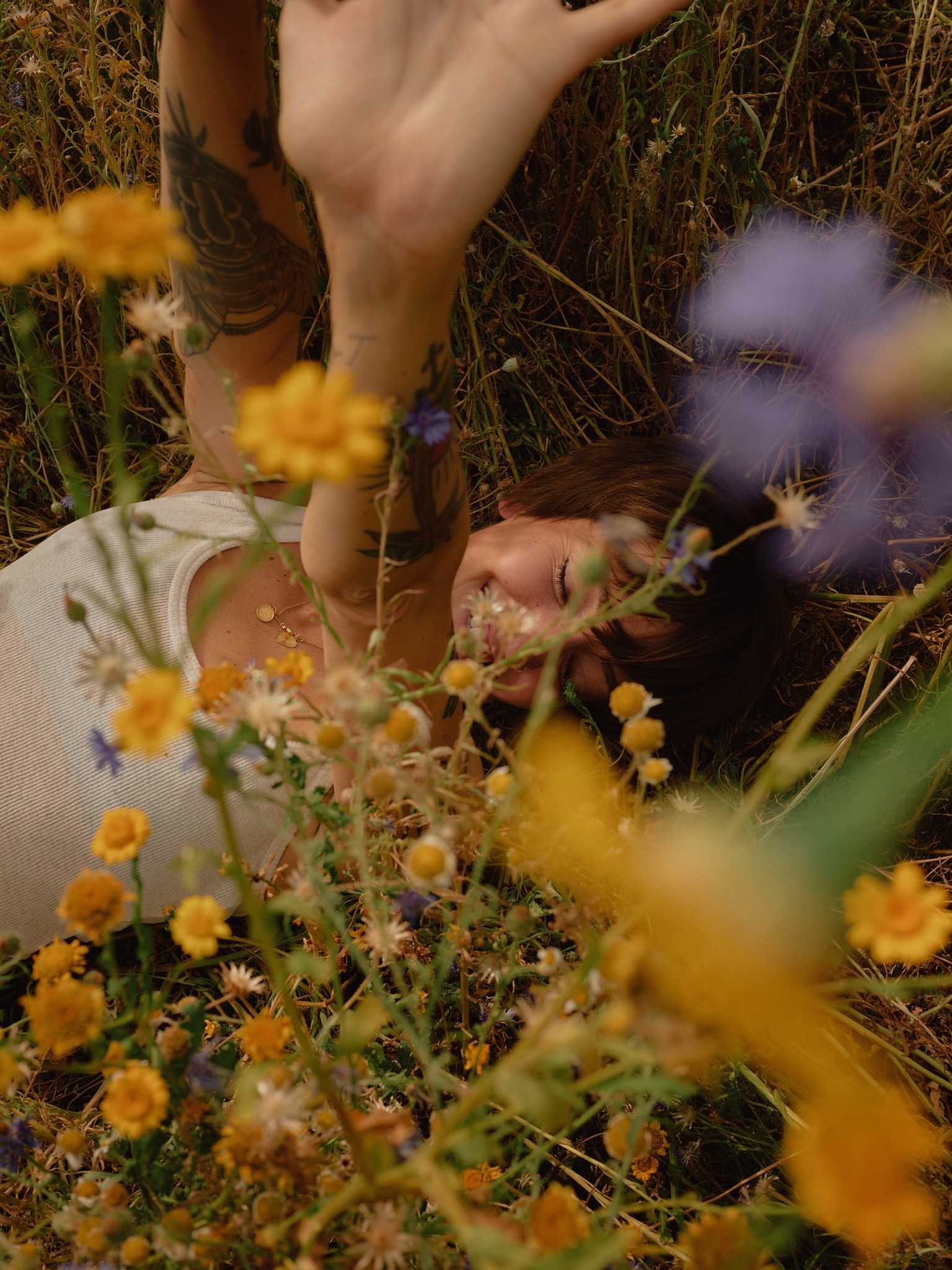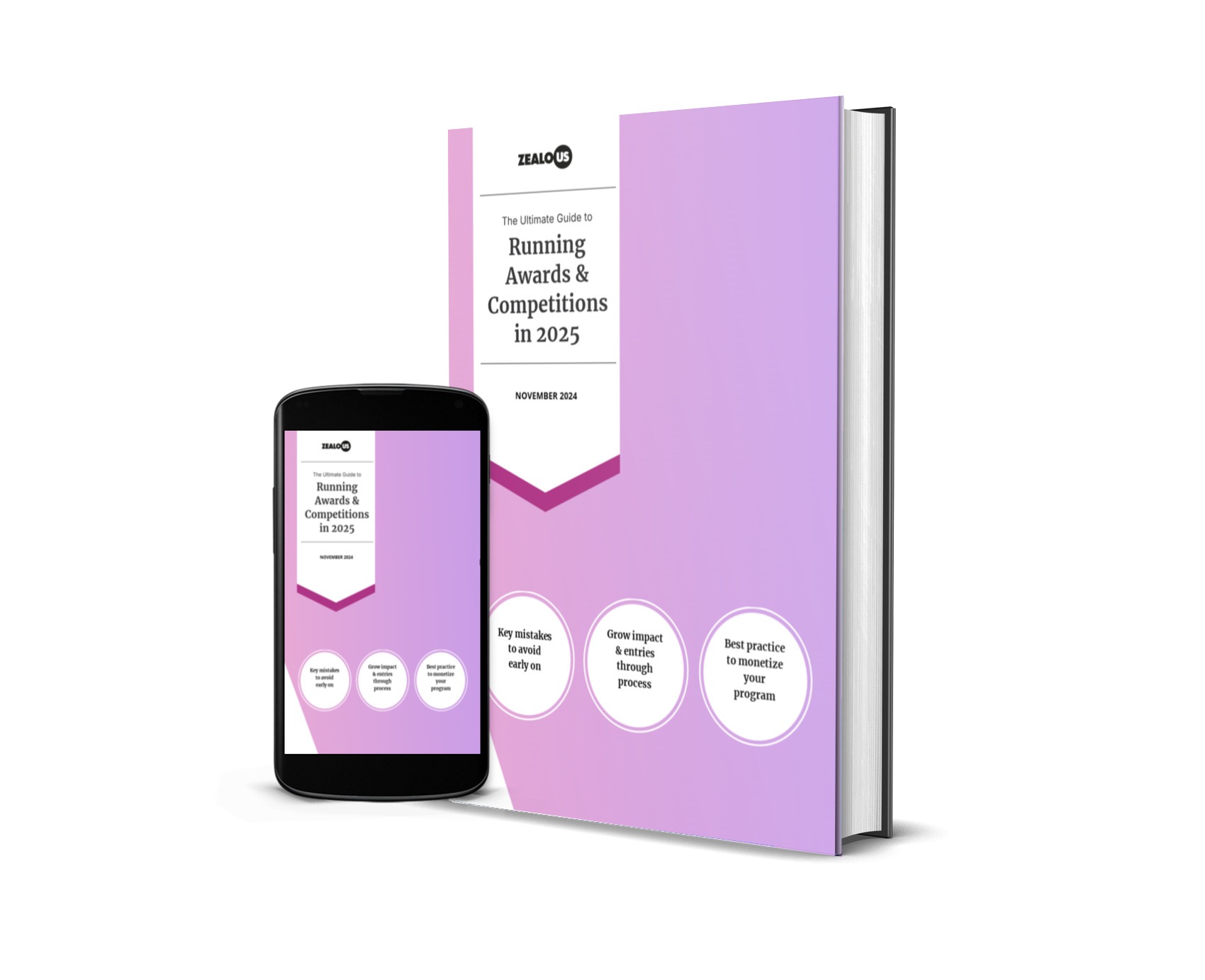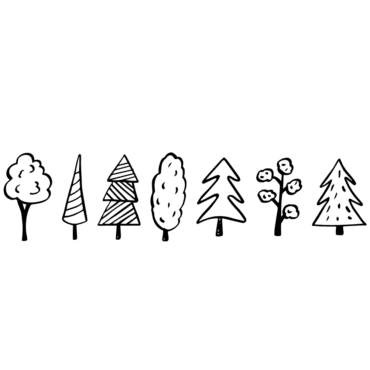Congratulations on winning the public vote for Zealous Amplify: Future! You describe yourself as a storyteller, sound artist, and speaker. How do these three titles sit together?
Thank you so much, I’m honoured and so touched that this piece meant something to people. It feels really special to have a sound piece up there with such incredible visual artists. Titles wise, I think those are the three that align most with how I express myself as a storyteller. Sound has always felt uniquely powerful to me in its ability to take us out of our everyday and straight into someone else’s experience just through our ears! It’s totally disarming and such a special kind of intimacy; to listen but also be listened to, but I think like most freelance creatives, I’ve got about six or seven more titles in the locker I can whip out when required! I really believe that to create work with impact we need to exist in the world, not confine ourselves to a single category or convention. I feel the same way about the work I make; I’ve translated podcasts into films into books into installations. I believe stories aren’t static. They live, breathe, and evolve just as we do to find their people. I’m especially drawn to the tension between art and activism and how we can create real lasting change (on micro and macro levels) through human stories told beautifully. I think a lot of my work lives at that intersection of craft and conscience, prioritising intentionality and a commitment to social impact in artistic expression.

You work through so many different topics from cheerleading grannies and freedivers, to fisherman’s wives, gangs in East London and sportspeople with brain injuries. How do you choose which topic to work on?
My passion for documentary storytelling goes way back to age four when I destroyed a rare collection of my dad’s cassettes by recording my own interviews over them. So, it’s always been instinctive… and 30+ years later at least I followed through! To me, stories are our interface to the world, and I’m drawn to anything that lets me explore what it means to be human. My work balances intimacy and investigation, grounded in journalistic rigour but driven by a deep commitment to help us better understand ourselves and each other. I’ve always been curious and intentional about whose voices are centred, how narratives are being framed and whose experiences are being platformed and seeking to redress any imbalance. At the core, I’m always asking: will this leave the world better than I found it? Sometimes that “yes” comes through a hard-hitting investigation into brain injury. Other times, it’s the wild joy of cheerleading grannies in the Arizona desert!
Your work ‘In Pieces’ explores burnout. What drew you to this topic?
My own very personal experience. I reached breaking point a couple of years ago and everything fell apart. For the first time in my life, I couldn’t work/hustle/power my way out of it having always prided myself on my resilience and my relentless pursuit of conquering whatever was thrown my way. Facing that truth was deeply painful. Yet, as strange as it sounds, there’s a way forward that comes from accepting that we’re not in control. It enabled me to move forward and make a commitment to replace self-improvement with self-understanding while gently resolving to move slower, grow softer and bravely confront the shame that so often tells us to hide in order to put myself back together. Part of that exploration was making this piece. Proper sublimation through creativity. I also knew from my research and conversations with so many people that this was an epidemic, that so many people were feeling the same way, ashamed and isolated, and not reaching out for the help they needed, not even feeling deserving of it! It’s always easier if someone else goes first, so this was me going first. I recently read an essay by the formidable Alya Mooro on Substack about why she tells stories. In it she wrote “Bell Hooks wrote that love is a form of attention. Maybe art is too. To make something with care is to look closely. To witness. And in witnessing, to say: this matters. And maybe that, more than anything is a radical act.” I think that sums it up beautifully.
When creating a spoken word piece like this one, what does your process look like?
It looks like a lot of time outdoors – long walks, cold swims, hundreds of observations in my note’s app, scribbles in notebooks, late night voice notes to myself, a regularly scheduled existential crisis… ! I think that sometimes when we go through these big psychological experiences, we often don’t have the words to describe what’s happening, but I have always known how to express myself in sound. It’s strange, maybe it’s my neurodivergence, maybe it’s the musician part of me, maybe it’s a bit wanky – probably a combination of all of those things – but I just know how to translate feeling into sound intuitively. That was key to this piece, not just in telling the story, but in being able to work through it for myself. Even outside of deeply personal work, I’m still led by how something feels rather than how it sounds, be it a scene, an emotion, or just being in someone’s company. There’s a distinct sonic signature that runs through all my work and the process is generally always the same. I start with fragments: little sketches and explorations in sound. Then I began to weave them together. I know it’s important to take breaks (though often need a reminder – thanks especially to Anishka Sharma for enforcing those!) I also think making space for joy is essential throughout the process; for me that looks like stepping away to see friends, surfing, playing the drums, dancing all night long, it’s such an empowering albeit radical gateway to deeper, more authentic creative expression. I try and remind myself that it doesn’t always have to be hard, its allowed to be good too.
Explore other opportunities
What line in ‘In Pieces’ resonates with you the most?
I’m going to pick one I didn’t write! It’s a line from Wendy Robinson who is the Services Director at Calm “You don’t have hope for you, but I do. Let me hold that hope for you.” I remember my breath catching in my chest when she said it during the interview. It’s such a generous invitation and a beautiful example of how we can show up for each other with kindness, compassion and non-judgement. I think they are qualities we could all do with cultivating a little more in the world we are living in.
What role do you see creativity playing in building a hopeful future, and how does your practice reflect this?
Creating is an act of hope by its very nature; daring to imagine a future is possible – putting something out into the world to be held or heard takes courage. My practice has always been rooted in a drive to leave the world better than how I found it. After hearing the piece, so many people reached out and said, “I thought I was the only person that felt like this,” which meant they had convinced themselves they were somehow failing which is such a defining factor in whether you feel deserving of help or any kind of future. I think it’s increasingly important in the times that we’re living in for us to find ways to show up for each other and that was a huge motivator for me and it was also an essential part of my recovery too.
Is there anything you are currently working on?
I’m currently working on another thirty-minute sound-rich feature exploring the invisible echoes of human experience that water holds. It’s loosely structured like a free dive; descent, immersion, and resurfacing and is a meditation on the human capacity to surrender. I wanted to explore water as more than just an element, but as a witness, a vessel, a force that remembers, home. It will be broadcast in 2026 so keep an ear out!
You can find more of Hana’s work on her website and Instagram.
The images in this article are credited to Liz Seabrook.






